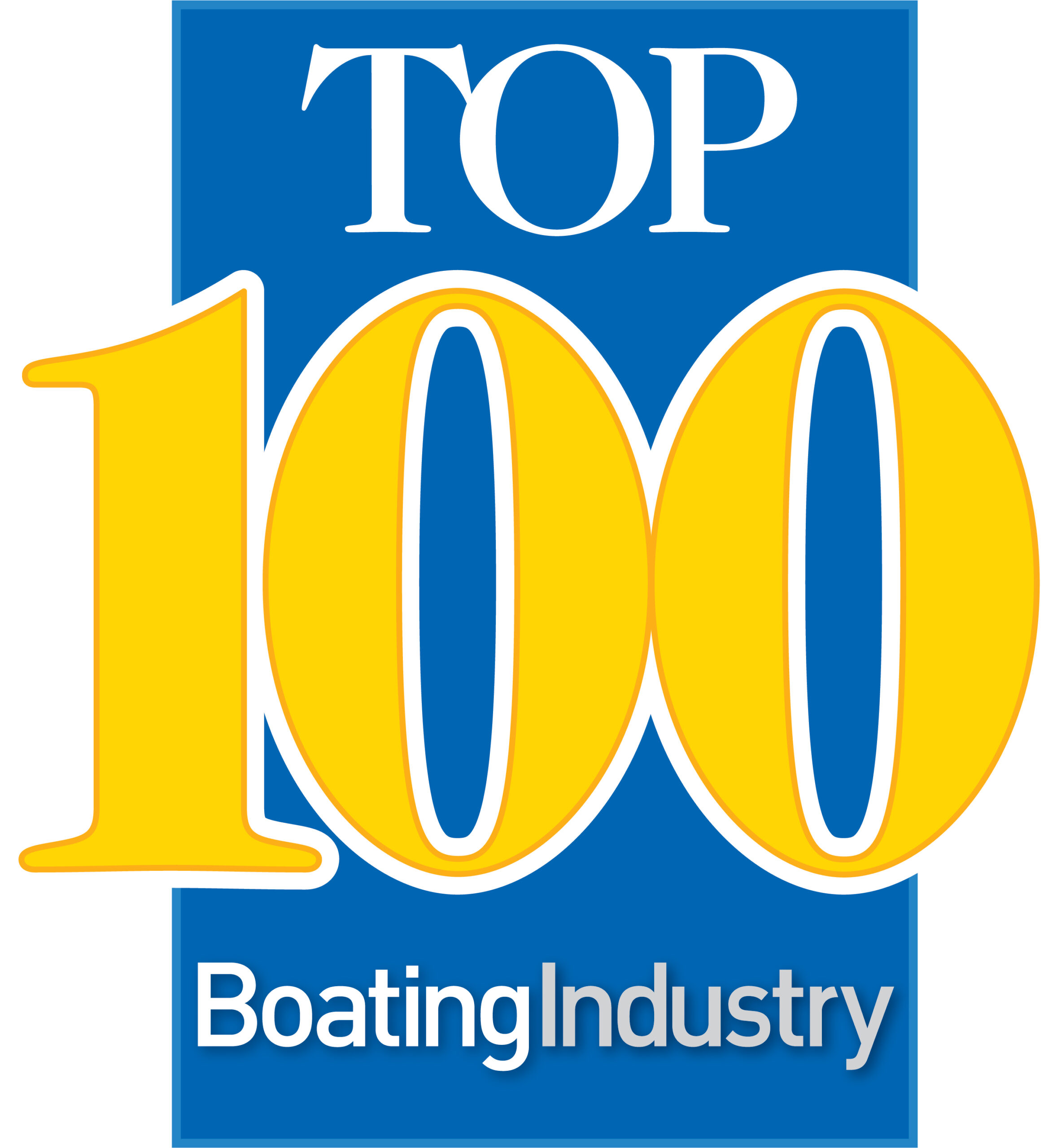Anyone seen my M.I.D.?
Keys. PDA. Wallet. And I’m out the door. This is my current mental checklist each day as I leave the house. However, there was a time less than 10 years ago when the rundown was: keys, wallet, change for pay phone, Walkman, and day planner. As technology has evolved, so have I – eventually.
I’m sure there are still a vast numbers of consumers missing this digital wave. There’s probably a guy in Omaha (my hometown) who thinks Broadband is a rock group. However, there are also 2.5 billion global mobile phone users, one billion global Internet users, and 80 percent of the U.S. population that uses e-mail weekly. As for global wireless, it was estimated that subscribers would have increased from 840 million in 2001 to 2.8 billion by 2008, with an estimated one billion text messages being delivered daily.
A marketer’s challenge is to understand these digital mediums and capture the attention of consumers disconnecting from a mass advertising onslaught. Marine marketers, in particular, face many challenges, including how to effectively approach marketing and track ROI with finite budgets and fierce competition. This has sparked the need for innovative thinking beyond, but not necessarily exclusive of, the realm of traditional strategies.
Think of it this way: Keys, PDA, Wallet – in relation to the three key marketing elements of Segmentation, Integration and Measurement.
Keys – open the door to communication and connect by better understanding the identity, interests and aspirations of your customer segments.
PDA – formulate an integrated marketing strategy using both traditional mediums and digital marketing technologies to reach your customer segments.
Wallet – track marketing activities and capture results to determine the return on investment.
Digital marketing extends well beyond a standard Internet presence into channels that reach people in other environments. Media-rich Web sites act very much like the showroom floor, and online product promotions support traditional methods. Be it digital outdoor, in-store displays, viral marketing, mobile SMS campaigns, database applications, or brand placement in video gaming, the digital world is creating more channels. These channels allow you to reach customers, track their activities and measure your marketing investment.
One such channel is digital messaging displays. Our company recently implemented a digital display system within 10 branch locations of a regional bank. The purpose is to communicate relevant marketing messages to appropriate customer segments at the right time.
For example, the primary activity of the morning customer is business related, while the afternoon segment is primarily a “growing family” demographic. With a research-supported strategy, digital marketing messages for free checking, home loans and 529 college savings accounts display in the afternoon, while the morning customer would see messages related to business accounts, start-up loans and credit lines. Included in these media-rich displays can be video clips, product promotions, news-related items or even a market ticker.
The display content and messages are relevant and timely. One location services a predominately Hispanic market, so the messages are translated into Spanish.
From our Data Center, we can update and execute a new message at any location, almost instantaneously. Systems like this one are increasing in popularity within retail environments and may be an effective in-store marketing channel to consider for boat dealerships.
Digital channels have the ability to deliver direct communication. Keep in mind, however, that just because new channels exist, doesn’t mean they all make sense for your business. Each marketing channel must serve an identifiable and measurable purpose.
Here are three steps for developing your brand and better understanding what channels to use.
1. Think Direct. With new channels comes a shift in the marketing mindset from mass-marketer to direct marketer. Understand trends in direct marketing, customer metrics, improved CRM/database strategies and effective lead generation.
2. Learn New Media. Educate yourself on search engine optimization and marketing tools, the immergence of mobile marketing, and message delivery through podcasts, blogs or RSS feeds.
3. Immerse Yourself in the Internet. Understand best practices in Web site design, media rich advertising such as interactive banner ads and smart ads, and effective e-commerce for online sales and lead generation.
Over the next 10 years, I intend to evolve with technology that continues to make life easier. I’m sure by that point I’ll leave the house each day with my M.I.D. (Mobile Interactive Device) that acts as my phone, calendar, Web tool, MP3 player and video viewer. It might also start my car and buy my groceries.
If you’re part of the leadership of a company, I’m sure you think about how you will evolve. The question is: will you be at the forefront of technology or with the guy in Omaha listening to your Discman?




